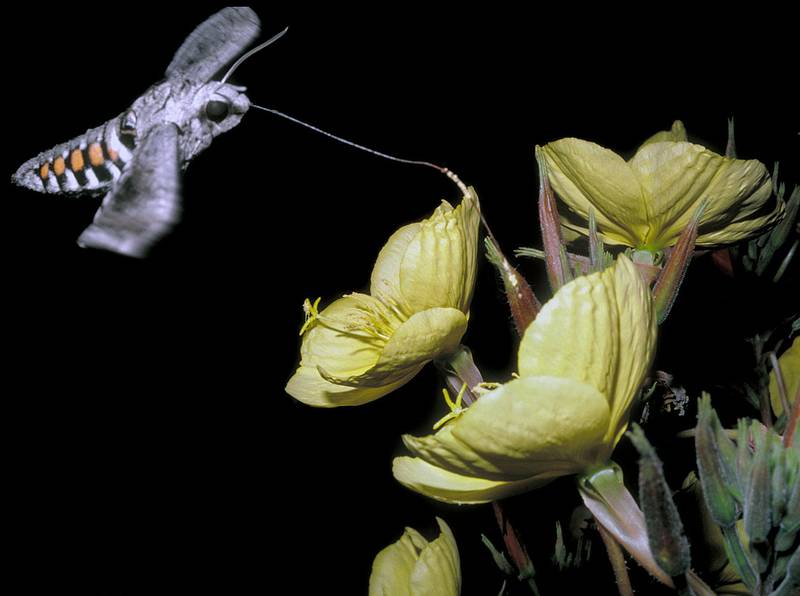Oenothera curtiflora
Oenothera
small-flowered gaura, velvet weed, velvetweed
evening-primrose, gaura, oenothera
Leaves alternate, the basal leaves spatulate, the lower cauline leaves oblong, the others oblong-lanceolate to lanceolate, 4-15 cm. long, entire to wavy-dentate, gradually reduced upward to very small, linear floral bracts.
Inflorescence of many-flowered spikes, 1-3 dm. long;
calyx tube very slender, 2-3 mm. long, with 4 distinct, reflexed lobes 2-3 mm. long;
petals 4, short-clawed, pinkish, 2 mm. long;
stamens 8, filaments without basal scales;
ovary inferior, 4-celled.
Fruit hardened, 6-10 mm. long, spindle-shaped, glabrous, 4-angled by not winged.
Oenothera curtiflora
Oenothera
Occurring east of the Cascades crest in Washington; south-central Washington to eastern Oregon, Nevada, and Arizona, east to North Dakota,, Iowa, and Louisiana; introduced in California and the eastern U.S., South America, Asia, and Australia.
- Local floras:
BC,
CA,
OR,
WA
- Local Web sites:
CalFlora,
CalPhotos,
Flora NW,
PNW Herbaria
WildflowerSearch
iNaturalist (observations)
USDA Plants Database
- LBJ Wildflower Center
- SEINet
- Plants of the World Online
- Encyclopedia of Life
- Wikipedia
- Google Image Search



